Change language: Dutch (Nederlands) ![]()
This page tells the story about Germany‘s most demanding race track and the longest permanent circuit in the world. The old Nürburgring, also known as the “Grüne Hölle” (Green Hell). Famous for the “Touristenfahrten” on the Nordschleife, the accident of Niki Lauda and for the roller coaster soap…
The construction of the Nürburgring
The construction of the Nürburgring in the German Eifel mountains started in 1925 as an unemployment relief project. The circuit opened in 1927 and had three different loops. The 7.747km (4.8 Miles) long Südschleife (South loop), the 2.238km (1.39 Miles) long Start und Ziel Schleife (Start/Finish Loop) and the famous 20.810km (14.17 Miles) long Nordschleife (North loop). There was also a part of the Nordschleife especially designed for test driving, called the Steilstrecke.
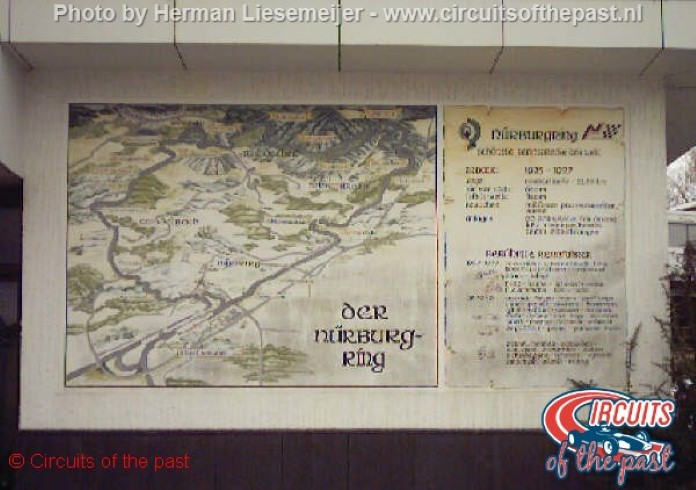
The Nürburgring in the thirties
The years 1930 to 1934 where very difficult for the Nürburgring. The economic crisis kept the car constructors, the sponsors and the public away. This changed after a new race class was introduced where the German cars Mercedes and Auto Union where very successful. This episode ended when the Second World War broke out in 1939.
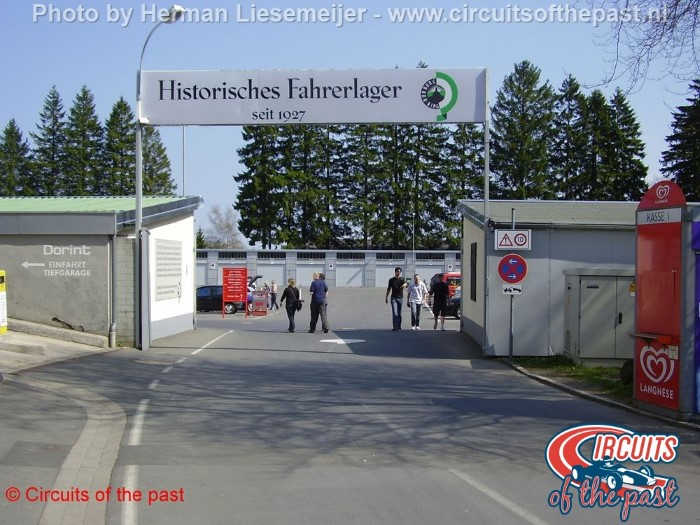
The German Grand Prix
After the war the first race was held in 1947 at the Südschleife. From 1951 to 1976 the German Grand Prix was held 22 times at the Nürburgring. In the seventies Jacky Stewart gave the Nürburgring the nickname “Green Hell” as an expression of the dangerous and intimidating character of the track trough the woods of the Eifel mountains.
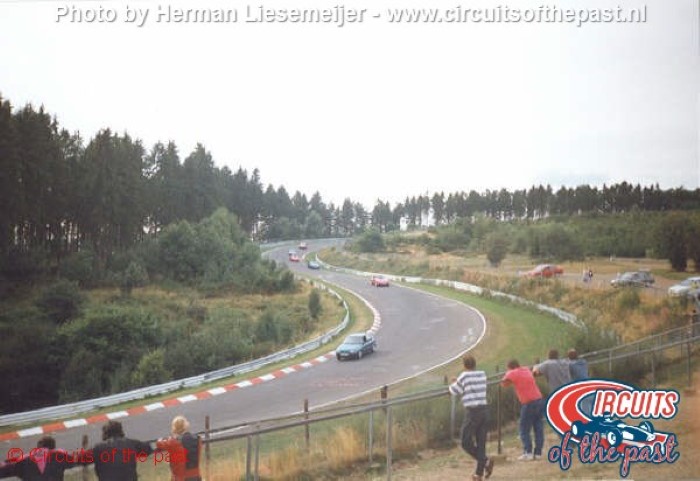
The Niki Lauda accident and the end of the old Nürburgring
The reigning Formula One Champion Niki Lauda seemed to defend his world title with success in 1976. When Formula One arrived at the Nürburgring for the tenth round of the championship he won four Grand Prix. His biggest rival was James Hunt who won already three races, including the last race at Brands Hatch. At least that was what they thought that moment… Later that year James Hunt was disqualified for technical irregularities during that race, which gave the victory in the British Grand Prix to Niki Lauda.
To keep his lead in the championship safe Lauda should win the German Grand Prix on the dangerous Nürburgring. Even before the start of the race weekend drivers already expressed their doubts about the safety of the circuit. Nevertheless, the German Grand Prix started. During the race Niki Lauda spun at “Bergwerk”- a fast left hand kink – and collapsed into the barriers where his car caught fire. Than he bounced back on the track. Upcoming Guy Edwards nearly avoided Lauda’s Ferrari, but Harald Ertl and Brett Lunger both hit the car. Lauda was seriously injured taken to hospital while they feared for his life…
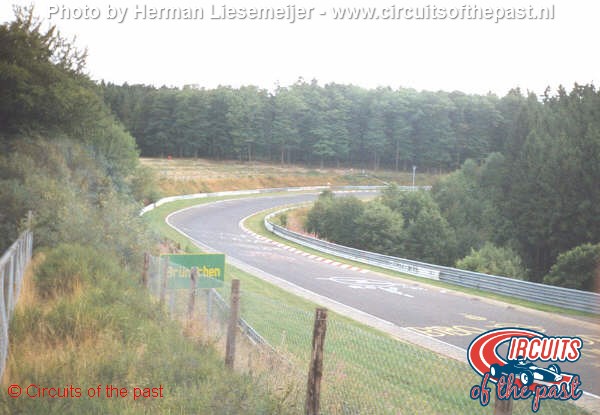
Although, he survived the horrendous crash but he suffered severe burns to his head. After the crash the race was restarted and won by James Hunt. Niki Lauda made his comeback a few races later on Monza. The last race of the 1976 season, at Fuji in Japan, was plagued by heavy rain. Lauda found the circumstances too dangerous and withdrew from the race, thinking he had enough points for the championship. James Hunt should become at least third to destroy Lauda’s second championship. And James Hunt became third.
Nürburgring Grand Prix Strecke
After the grave accident of Niki Lauda, criticism on Nürburgring safety was getting louder. New safety requirements where made but where unachievable on the long circuit. The result was that the German Grand Prix moved to Hockenheim.
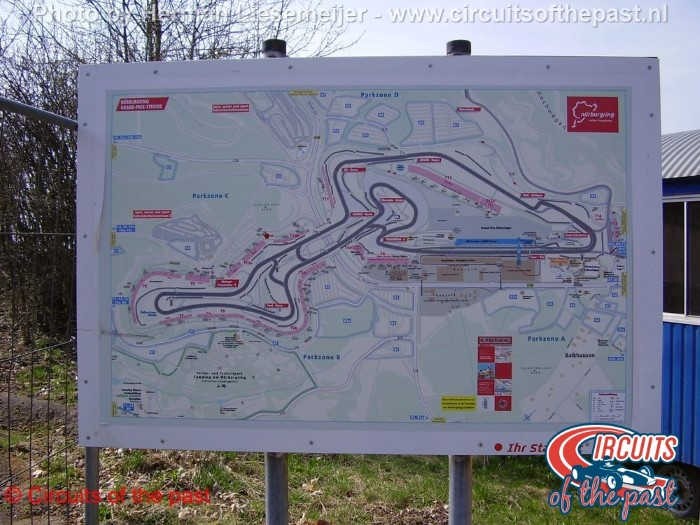
If the Nürburgring wanted to host a Formula One Grand Prix again there was only one possibility. The construction of a new modern circuit. That resulted in the design of the Grand Prix Strecke (German for Grand Prix Course). This meant that the Südschleife and Start und Ziel Schleife should make place for the new circuit.
On the 30th of November 1981 the first stone of the new Grand Prix Strecke was laid. It should become an ultra-modern circuit with wide run-off areas. The new race track opened in 1984 and was inaugurated with a Mercedes touring car race for Formula One drivers. The race was won by a young Brazilian named Ayrton Senna. The same year the Formula One European Grand Prix was held at the new Nürburgring.
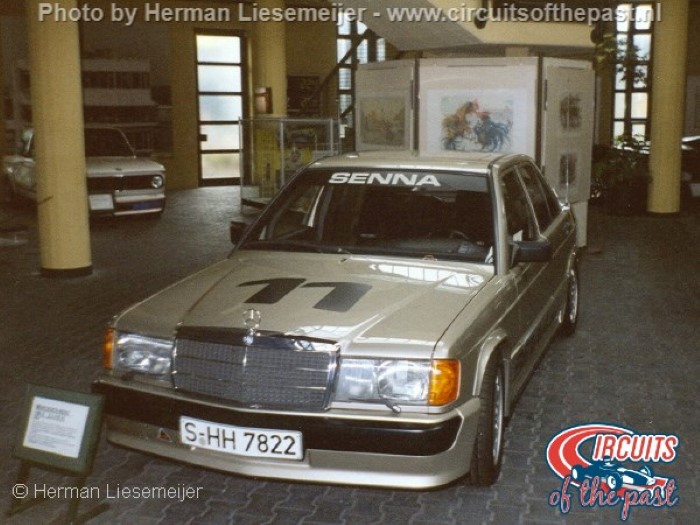
The mercedes in which Ayrton Senna won the openings race in the Nürburgring museum.
Formula One returns at the Nürburgring
In 1985 the German Grand Prix returned to the Nürburgring, but not for long. A year later the race was handed back to Hockenheim. The Nürburgring had to wait till 1996 for the next Formula One race when Germany was given a second Grand Prix under the flag of the European Grand Prix.
Until 2006 this was an annual event (In 1997 and 1998 under the name Luxemburg Grand Prix). In 2007 Hockenheim and the Nürburgring agree to alternate the German Grand Prix to reduce the costs.
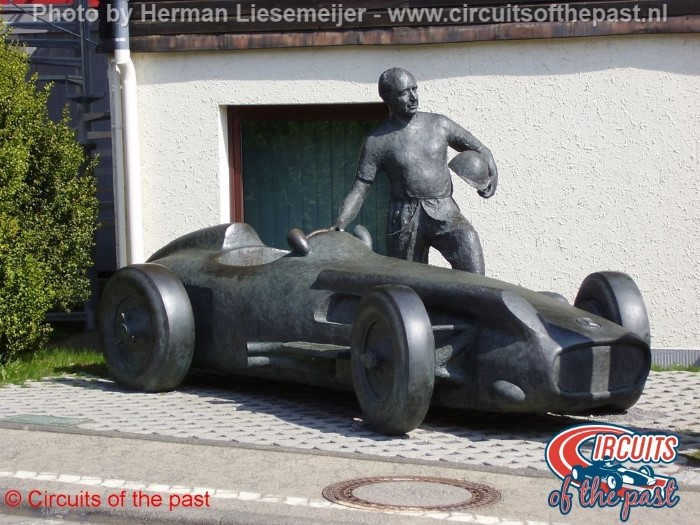
In the odd years the Nürburgring may organise the Formula One Grand Prix. Strange enough, the 2007 race was held under the name European Grand Prix, so there was no German Grand Prix that year! Since 2009 the race at the Nürburgring is just like the one at Hockenheimcalled German Grand Prix. This comes to an end in 2015, as an indirect result of the bankruptcy. But more about that in the next paragraph.
Capricorn, the new owner of the Nürburgring, is not willing to lead huge financial losses on the organization of a Grand Prix. They didn’t came to an agreement with Ecclestone, so the 2015 German Grand Prix was cancelled. The next Grand Prix at the Nürburgring is scheduled for 2017. Enough time to negotiate…
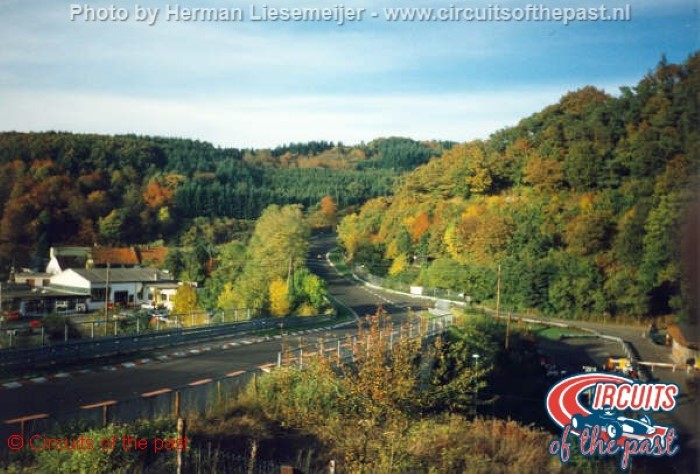
Breidscheid bridge with the exit and entrance to make it possible to interrupt your ride halfway the Nordchleife. Some locals use it to go shopping in Adenau.
The roller coaster soap
At the beginning of the new century, the leaseholders had ambitious plans with the Nürburgring. Under the project name “Nürburgring 2009” they start clearing the area behind the main grandstand at the end of 2007. The goal was to create new facilities, among others an indoor theme park with as main attraction, the fastest roller coaster in the world! The grandstand itself was also demolished and replaced by a new one that met the latest standards.
Behind the new grand stand they constructed the so called ring°boulevard, a main street with shops and the entrance to the theme park. Although not all the works were finished, the ring°boulevard officially opened in the summer of 2009. The main attraction was the 12 million-dollar ring°racer, a roller coaster with a launch between grandstand and Start/Finish. It should accelerate from 0 to 135 Mph (217 km/h) in just a few seconds, which would make it the fastest roller coaster of its time.
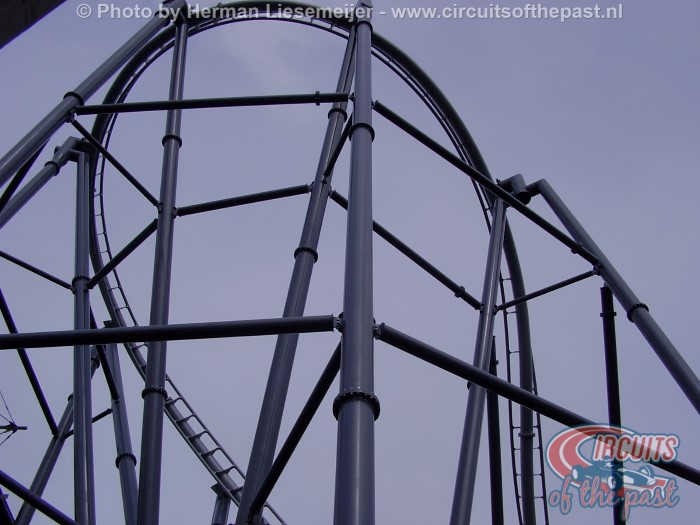
But the ring ° racer was plagued by technical problems. At the official opening, during the German Grand Prix in 2009, the speed was significantly reduced. For a number of invited guests, among them Michael Schumacher, the ring°racer made a symbolic first round.
The bankruptcy of Nürburgring
Meanwhile the Nürburgring came into serious financial problems, caused by the failure of project “Nürburgring 2009”, which resulted in a bankruptcy that was pronounced on July 17, 2012. The high ambitions, that had little to do with running a race track, proved to be a big mistake. A curator was assigned to keep the circuit operational for the time being.
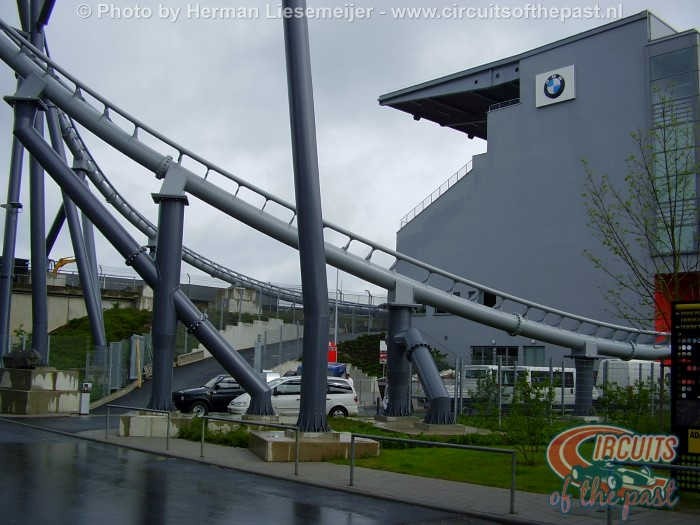
In November 2012 it was decided that the Nürburgring should be sold. Until then, the circuit was owned by company Nürburgring GmbH whose federal state Rheinland-Pfalz had 90% of the shares. They leased it to the operator Nürburgring Automotive GmbH.
Nürburgring for sale
The announcement that the circuit should become private property led to dismay by the fans. During the 24 Hours race in 2013 there were massive protests. Fans wore placards with texts like “Save it, do not sell it!” and “Legenden verkauft man nicht!” (“Don’t sell a legend!”). Nevertheless, the Nürburgring should be sold. To prevent that it should be only used for private purposes in the future, conditions were set for a sale.
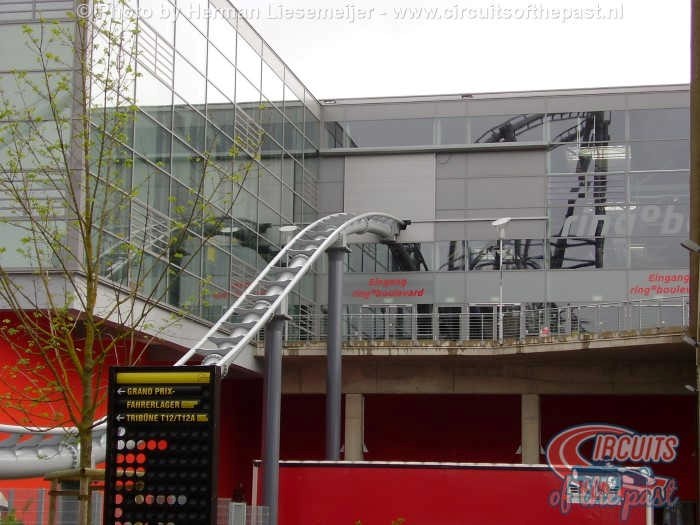
And the roller coaster? Other technical problems caused that the opening had to be postponed several times. After a Four-year delay the ring°racer finally opened for the public on October 31, 2013. The planned top speed of 135 Mph had been dropped, so the roller coaster was launched in 2 seconds to “only” 100 Mph. But on November 3, the unprofitable amusement park including rollercoaster provisionally closed. After 4 days and about 2000 passengers it was already over for the ring°racer.
On March 11, 2014 was announced that the company Capricorn, a supplier to the automotive industry, has bought the Nurburgring for an amount of 77 million Euro and will be officially owner by January 1, 2015. Capricorn announces to invest 25 million Euros in the circuit. The new philosophy is that the Nürburgring should limit itself to its core activities, motorsport. The theme park does not fit in this philosophy and will be demolished, including the roller coaster.
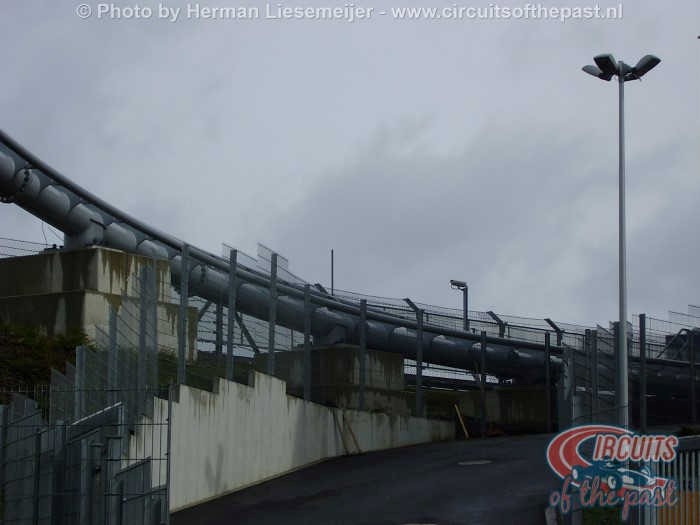
What’s left of the old Nürburgring?
A part of the Südschleife is now the public road from Nürburg to Müllenbach, while another part is abandoned. Look at the Südschleife sub-page for more detailed information. The Nordschleife is still there but only used for touring car racing and so called “Touristenfahrten”.
Almost every day you can drive with your own car or motorcycle at the old Nürburgring! During these “Touristenfahrten” (German for Tourist Rides), the circuit has the statue of a public toll road with no speed limit like the German Autobahn.
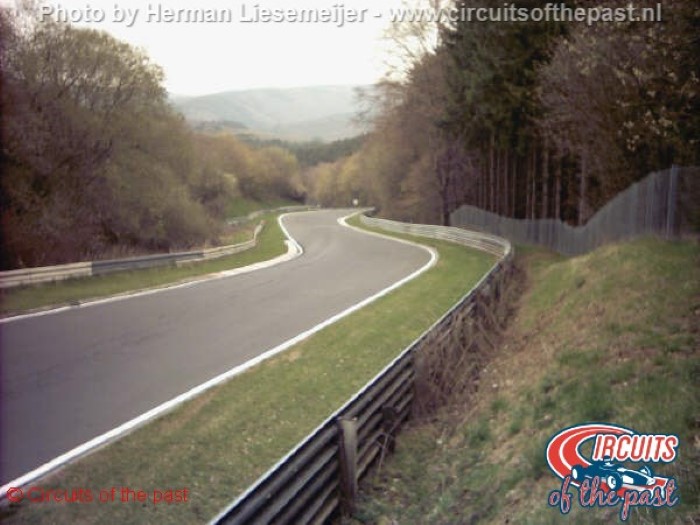
The first part of the Fuchsröhre. Click for the story of one of the most dangerous sections of the Nürburgring Nordschleife.
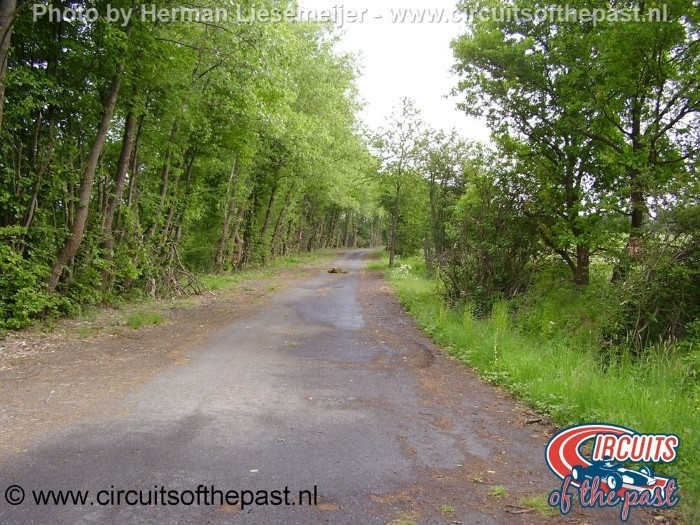
The abandoned Südschleife. Click for more information about this forgotten part.
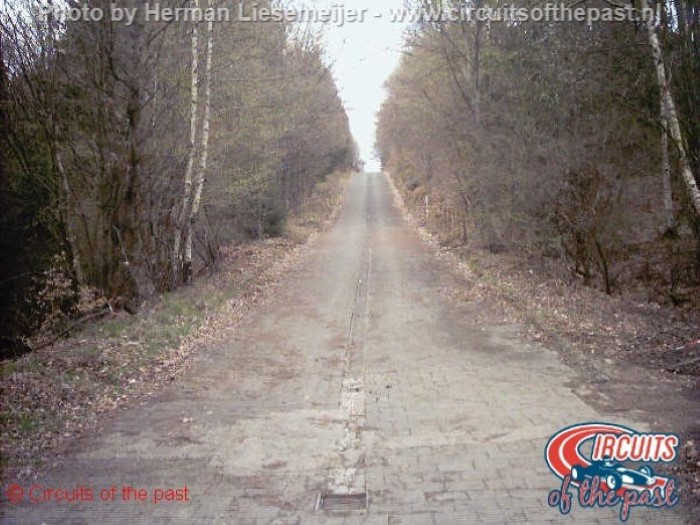
The steep Steilstrecke. Click for more information about the Test Hill of the Nürburgring.
© Text & photos: Herman Liesemeijer
Subscribe to our YouTube Channel: youtube.com/circuitsofthepast


